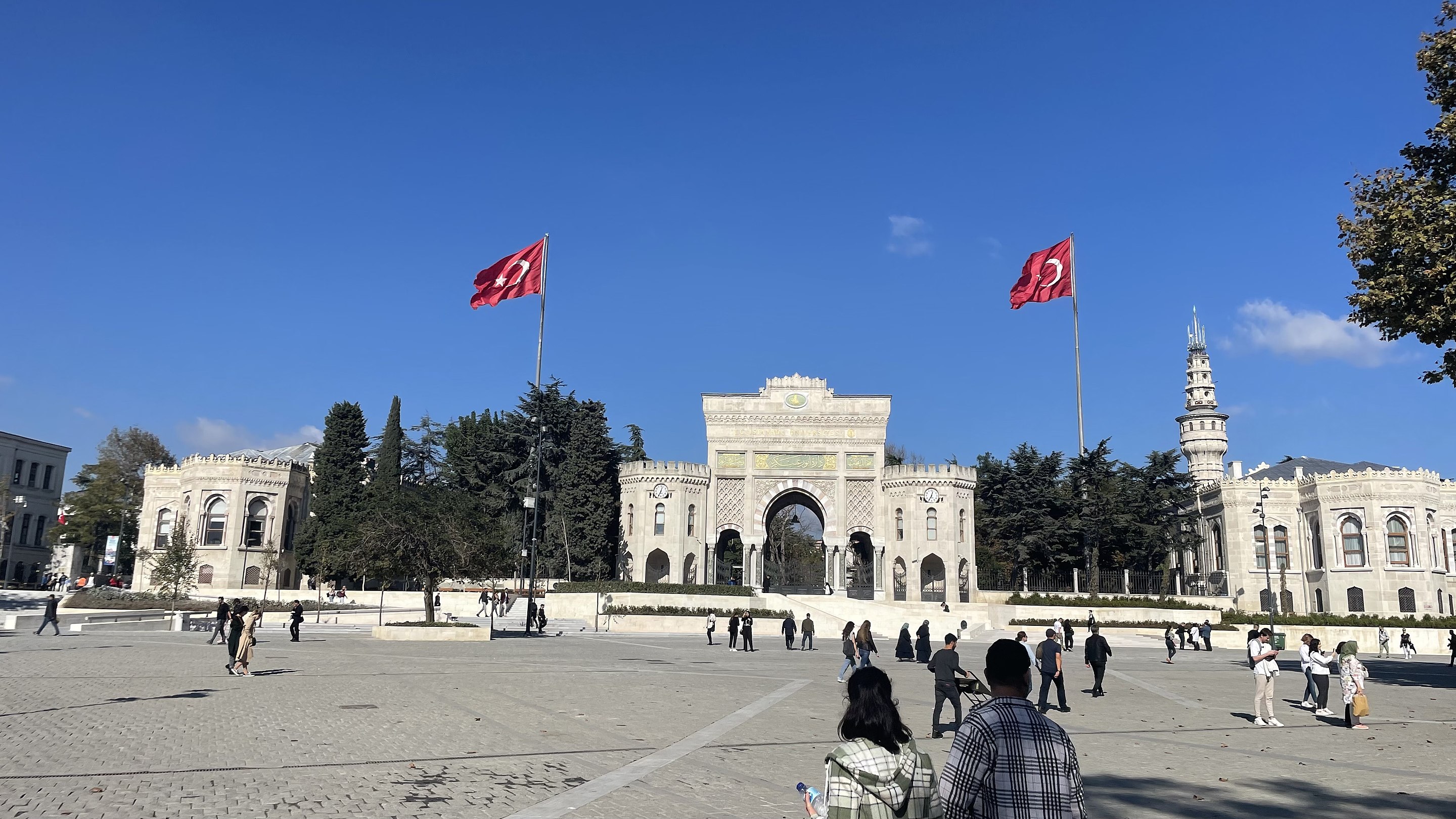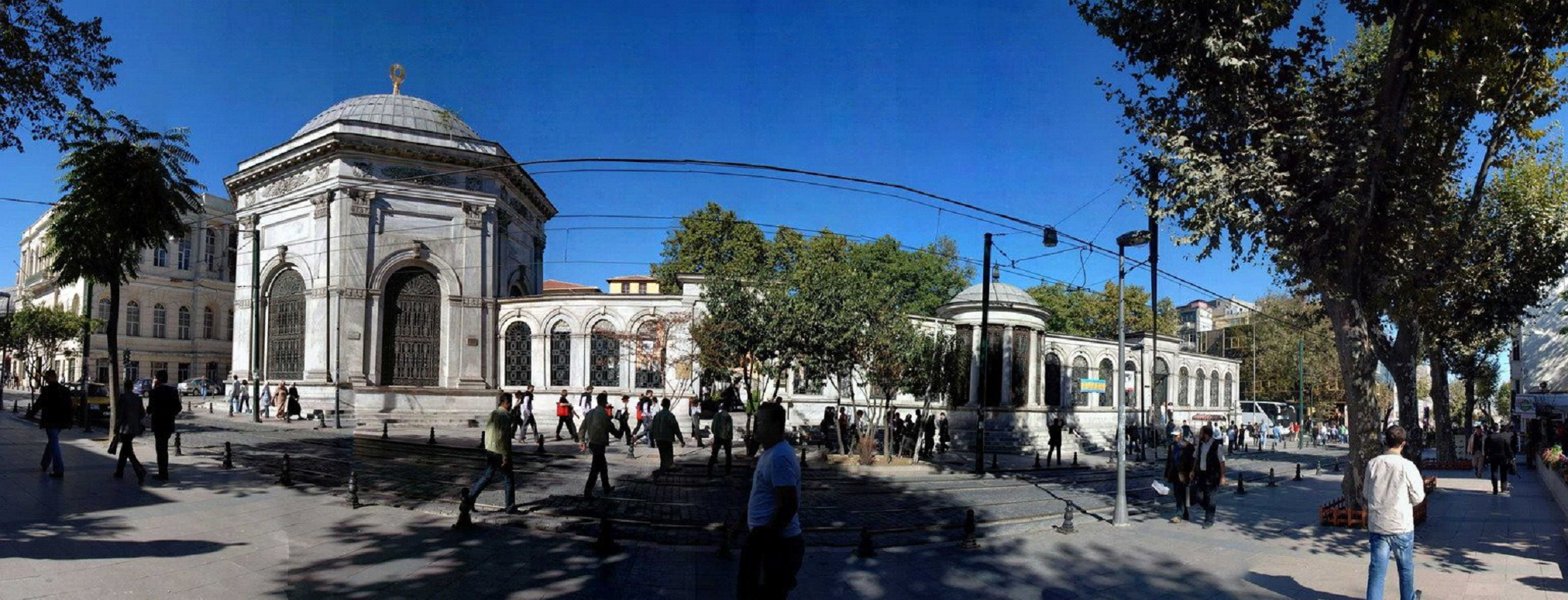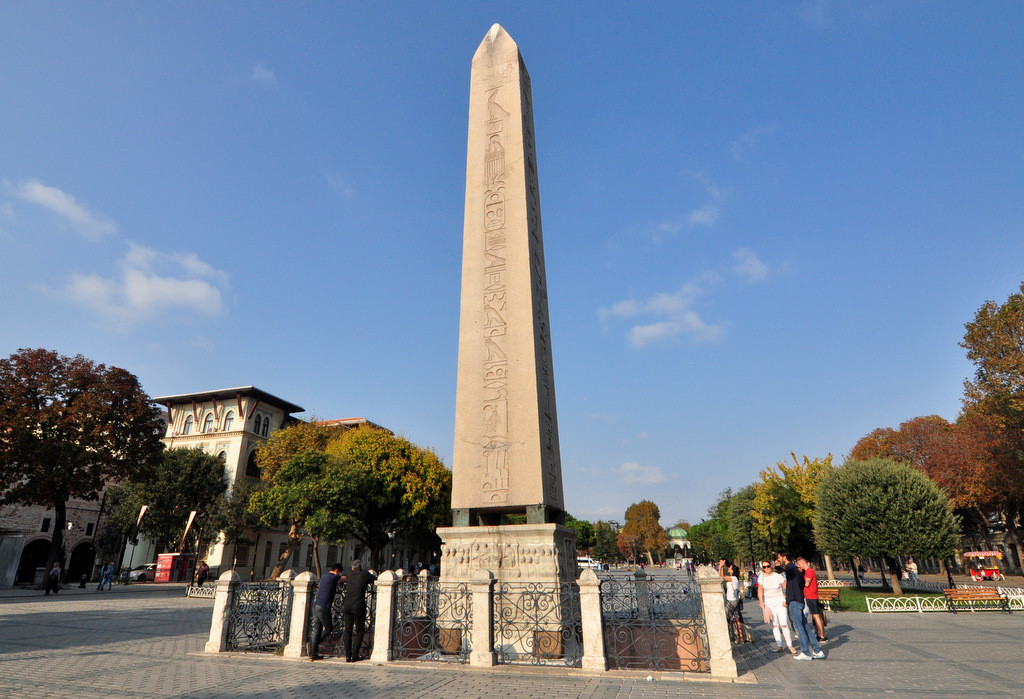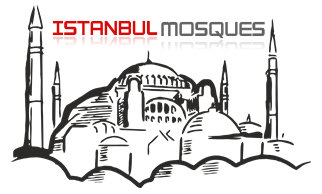
AN ISTANBUL ROUTE
Istanbul is a magical city offering various experiences to its visitors. Those who want to explore this beautiful city have different route options to set off and end their sightseeing. In this article, we will suggest a possible route you may follow during your Istanbul visit.
Our first visiting point is Yenikapi harbour after following the coastal road. Yenikapi harbour is one of the most important harbours of Istanbul in the Fatih province. This harbour once hosted the Harbour of Theodosius which was the oldest and second biggest harbour built in the Byzantine Empire.
Next stop is Beyazit Square. You can reach here on foot in approximately 30 minutes or you can take the tramway and buses. The square is known to be the former site of the Forum of Theodosius which was built by Constantine the Great and the remains of the forums can still be seen. On this spot and nearby, you can visit Beyazit mosque, Beyazit Tower, Old book market and Istanbul University from outside. The Beyazit mosque was constructed in the early 15th century with the endowment of Sultan Beyazit II. Since it was built as a part of the complex, visitors can find a medrese (school) nearby in addition to a bathhouse and soup kitchen. Beyazit Tower built in the 18th century had a purpose of being an observation tower for fires.

After Beyazit Square, the obvious and a must-see spot is Grand Bazar which is one of the oldest and largest bazaars in the world. It includes about 4000 stores for those who want to shop. However, remember that it is closed on Sundays!

Not well-known by tourists, there is Corlulu Ali Pasha Mosque very near to the Grand bazaar which can be your next destination to visit. It was built within a complex in the 18th century with the endowment of grand vizier Corlulu Ali Pasha.
Strolling down to Sultanahmet Square, you will see Sultan Mahmud the II’s tomb. Sultan’s son Abdulmecid had the tomb built. Later, other royals and some writers as well as politicians were put to rest here.

Along the way, the Column of Constantine will attract your attention. The column was brought from an Apollon temple in Rome to be erected on one of the seven hills of Istanbul by Constantine. Even though it cannot be seen today, it is known that there was first an Apollon statue and later statues of Constantine, Julianus and Theodosius in different times.
Next is one of the most visited and well-known places in Istanbul, Hippodrome Square consisting of very important structures. Hippodrome Square takes its name from the Hippodrome that existed on the spot during the Byzantine time, hosting chariot racings. On the one end of the Hippodrome Square, German Fountain dazzles sightseers with its beautiful ornaments. The Fountain was from Germany as a symbol of friendship.
In the middle of Hippodrome Square, there are three columns locating the spina of the Hippodrome. The first one is Obelisk of Constantine or Masonry Obelisk which takes its name from its restorer Constantine the VII since we do not know its original year of build. Next to it, we see a Serpentine column which we can only imagine how it must have been in its full form. The column consists of three snakes twisting around each other whose heads at the top are now long gone. It is thought to be brought during the reign of Constantine (306-337 AD). The last remaining column is the Obelisk of Theodosius. Originally an Ancient Egyptian obelisk made during the lifetime of Pharaoh Thutmose III (1479–1425 BC), the Obelisk is transported by Theodosius I to Constantinople to be put on the spina of the Hippodrome.

Last but not least, next to Hippodrome Square, Blue Mosque and Hagia Sophia offer to their visitors a tremendous experience and journey in history with their architectural structures and decorations. Hagia Sophia built in 537 and Blue Mosque in 1617 reflect their spirit of time and religious feelings and mesmerise visitors.

Leave a Comment